Commentary: True crime serial killers fascinate us. But their stories aren't the half of it
Published in Op Eds
I realized a famous true crime story was a part of my family history more than two decades ago, when I discovered my mom’s name in a book. In my parents’ bedroom combing through their bookshelf, my eyes stopped on a peculiar title, “Killer Clown.”
I’m not sure why I paused. The title was strange; unless it was some Stephen King novel, why was this book in the room where my parents slept? I pulled it from the shelf and turned to the first chapter. The first sentence stared back at me: “Kim Byers couldn’t decide what to do with the photo receipt.”
This was no novel. This was a work of true crime. And Kim Byers was my mother. I read until the sun began to cast a shadow across the floor in the bedroom.
On Dec. 11, 1978, my mother’s friend and coworker, Rob Piest, went missing. She was 17, and Rob was 15, working a shift at Nisson Pharmacy in Des Plaines, Illinois, when a contractor who was remodeling shelving in the store offered Rob a job. At the end of the shift, Rob left to sign new-hire paperwork at the man’s house. He would never be seen again.
It was a slow day for my mom. She had time to develop a roll of film for herself. She put the receipt in the pocket of the blue parka she wore. The parka belonged to Rob.
As he left the store with the contractor, Rob asked my mom for his jacket back. The receipt rode in the jacket pocket through the snowy streets to the contractor’s house. And later, when authorities searched for Rob, it would be proof: He had worked a shift at Nisson Pharmacy that Dec. 11.
Later, the contractor would lie. He would tell the police he had never talked to Rob at the pharmacy. He would say the 17-year-old girl who worked with Rob was not telling the truth when she told authorities her friend had left with him. But the receipt proved the words out of his mouth were just that — words. The truth was much heavier.
As a child, I’d known she had a friend who went missing. I had been taught to stay away from men in vans who might hypothetically pull up and ask me if I wanted a ride while I was walking in the neighborhood. But, I was learning, the dangers hinted at were only the beginning. My mother had faced down a monster.
She testified at the 1980 trial of John Wayne Gacy. In the courtroom, she pointed him out as the man who’d offered Piest a job. Gacy had buried 29 bodies under or around his home, and he’d disposed of her friend in the river, along with three others. Gacy was found guilty of the murder of 33 young men and boys whose lives were taken too soon. My mother was the key witness for the prosecution.
In the decades since, it became evident to me that this murder case had mostly been told in a dangerous, one-sided way. Gacy became central, myth-like, a part of cultural lore alongside other serial killers such as Jeffrey Dahmer and Ted Bundy.
These monsters get put on a pedestal, the most interesting characters in the story. More often than not in true crime, this framing device is the default. But I knew, through my mother, that there was so much more to be told: The people affected by crime should be at the forefront. The 33 young men and boys survived by so many friends, family members, neighbors and others who cared about them should take precedence over the killer.
Gacy murders have been recycled for podcasts, TV and film, and audiences have come to know his entire life story as they try to understand why he killed. We are groomed for this form of storytelling, and for many of us, it makes us desensitized to violent crimes.
I am invested in retraining the algorithm on who tells these stories and how.
As I got older and became a mother myself, my mom shared more of her perspective on this case. What was it like to face this horrible person? How did she survive losing her friend? How does anyone cope with such loss?
When I started writing about the case and my mother’s experiences, I purposefully moved beyond merely recapping the surface level timeline of events, or fixating on the killer. I wanted to re-enter an old story and make it new, showing the ripple effects of violence.
The facts revealed Gacy to be less fascinating than his touted public image. His brain was studied after his death. A forensic psychiatrist thought they would find an explanation for why this man killed. But it turned out his brain was not so interesting. There was nothing special to be found.
True crime commands immense interest, particularly from women. A 2023 poll found that women are almost twice as likely as men to listen to true crime podcasts. There’s also a hunger for new voices, new stories, new entrances into seemingly familiar narratives. Narrative nonfiction true crime books like “The Third Rainbow Girl,” and TV shows like Netflix’s “Into the Fire” offer fresh perspectives that respect the young women lost, their loved ones, and their communities.
The connection so many of us make with true crime is one worth studying. Figuring out our intersection with crime is important, on a personal and cultural level. Because if we become desensitized to violence, or worse, if we find comfort in it, we lose empathy for the lives that were lost, and the lives that had to go on long after a killer was caught.
When I recently reread “Killer Clown,” instead of the shock I felt the first time, I felt love and pain for the people who‘d lived through December 1978 in Des Plaines. I imagined what the mothers and fathers did when they learned that their boys were never coming home. I thought of the friends and lovers of these young men and boys.
The next time you come across a reference to John Wayne Gacy, serial killer of 33 young men, remember that one of them was Rob Piest. And remember that there were those, like my mom, who loved him.
____
Courtney Lund O’Neil is the author of “Postmortem: What Survives the John Wayne Gacy Murders.” www.courtneylundoneil.com
©2025 Los Angeles Times. Visit at latimes.com. Distributed by Tribune Content Agency, LLC.
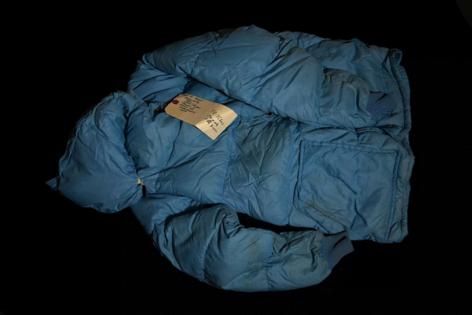






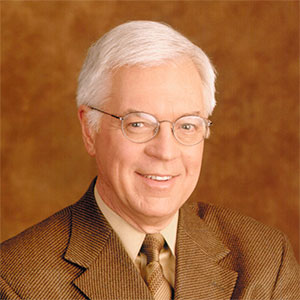
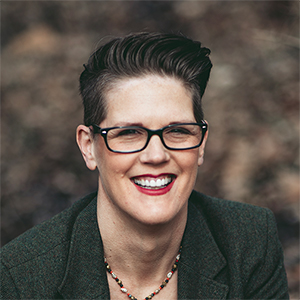


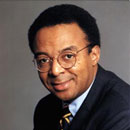











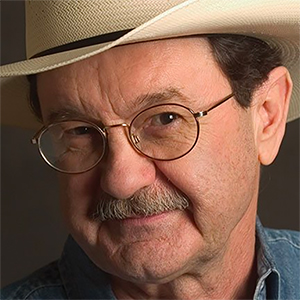









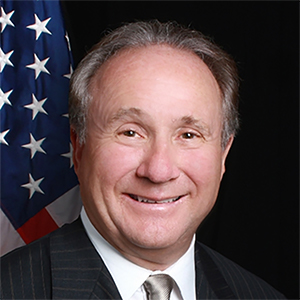









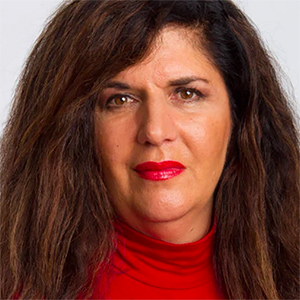
















Comments